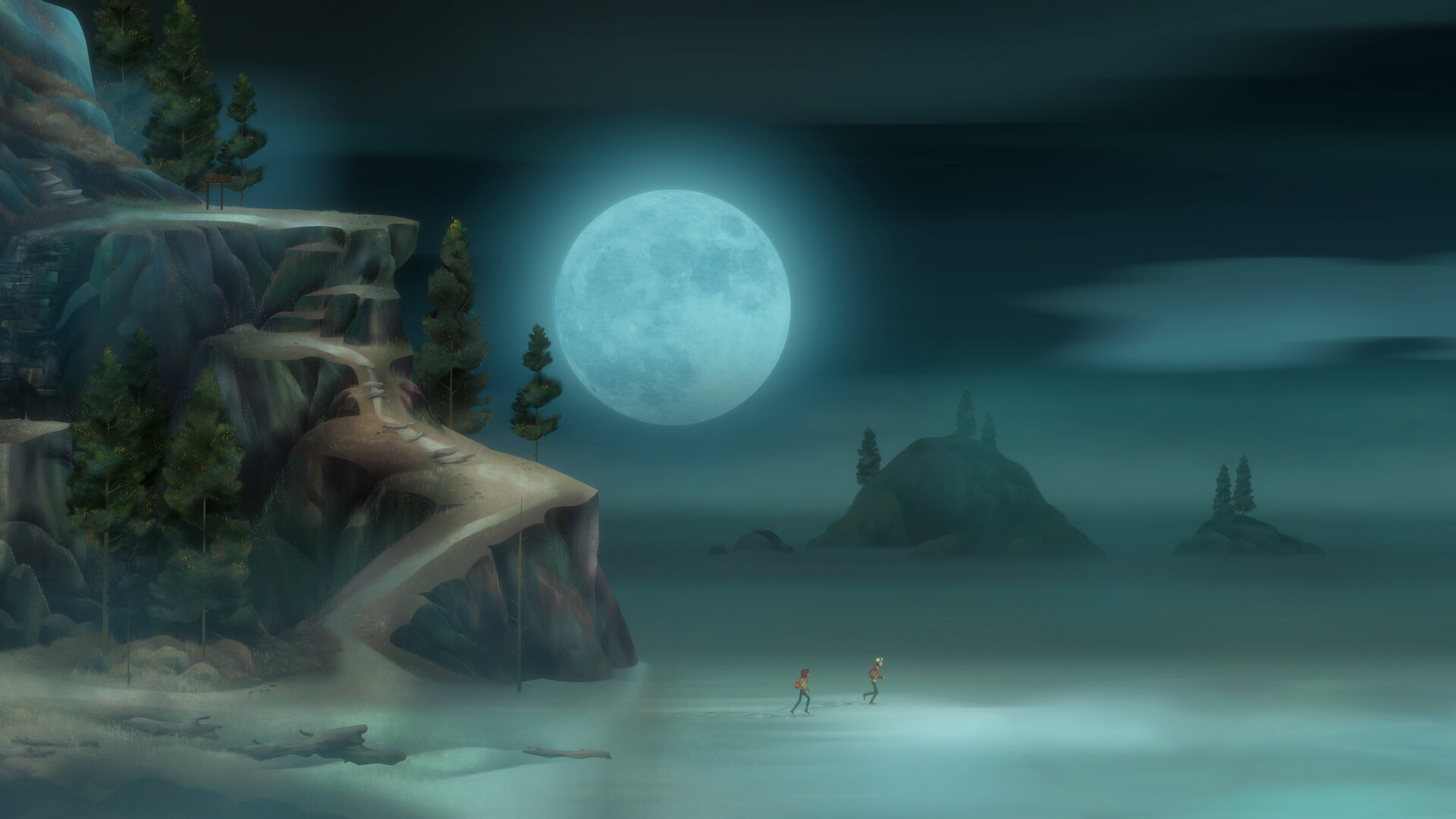TechRadar Verdict
Oxenfree 2 is a smart, stylish but ultimately safe sequel to a modern cult classic. It unfortunately repeats many of the mistakes of its predecessor, and perhaps that’s the point, but there’s still plenty here for those looking for another dose of small town mystery drowned in spectral radio static.
Pros
- +
Gorgeous painterly aesthetic
- +
The walkie-talkie opens up opportunities for meaningful dialogue
- +
Smartly ties into the first game, in an unexpected way
Cons
- -
Struggles to find its own identity when it comes to story
- -
Slow traversal and empty environments discourage exploration
Why you can trust TechRadar
Platform reviewed: PS5
Available on: Nintendo Switch, PS5, PC (Steam)
Release date: 12 July 2023
There is no such thing as the present, at least not in any way humans can perceive it. By the time you’ve acknowledged a fixed moment, it has already passed, leaving you looking back on a fresh memory, as it falls like sand through your fingertips. Perhaps this is why we idolize the present. There’s no time like the present, after all, and to live in the here and now is perhaps the most often-coveted way to live life. Most never achieve this, of course, as it seems the most human thing of all to be constantly looking forwards and backwards, simultaneously haunted by the past, and pre-grieving a future that has yet to arrive. This is the all too familiar valley in which Oxenfree 2 sits, and much like the first game, it understands that true horror comes from within.
Oxenfree 2’s first steps are instantly enthralling. Smartly, you now play as Riley, a 30-something trapped in the strange space between youth and maturity. As such, the dialogue and characterizations are much more authentic from the get-go. It’s much harder to write teenagers, and it’s immediately apparent that the developers have more to say with the older protagonist of this sequel. Riley is back in the town where she grew up, where you join her on her first day of a new job. She’s tasked with setting transmitter arrays up in the hills, to monitor the volatile electromagnetic readings that have been cropping up. The specifics of this aren’t important. If you played the first game, you know exactly where this is going.
If you played the first game, you know exactly where this is going
In many ways, Oxenfree 2 smartly ties into its predecessor, but mostly, it’s all too familiar. As the night progresses, you’ll bump into strange tears in time, possessed teenagers, and giant triangles made from threads of electricity that pulse and shimmer as they hang high in the sky. You have your radio, which can be tuned into the spooky goings on around town. The main differences this time around are that you are joined by a single NPC companion, and that the area you’re challenged to navigate is vastly larger than before.
The town of Camena is, visually at least, extremely similar to that of Edwards Island. It’s all draped in a thick fog, with old buildings and forests to move through as you go from transmitter to transmitter. There’s new options for traversal, with climbing making up the bulk of how you get from A to B. These larger environments, while absolutely gorgeous,, are somewhat empty, seemingly to give you more time to wander and chat with the various characters that you can reach on your walkie talkie.
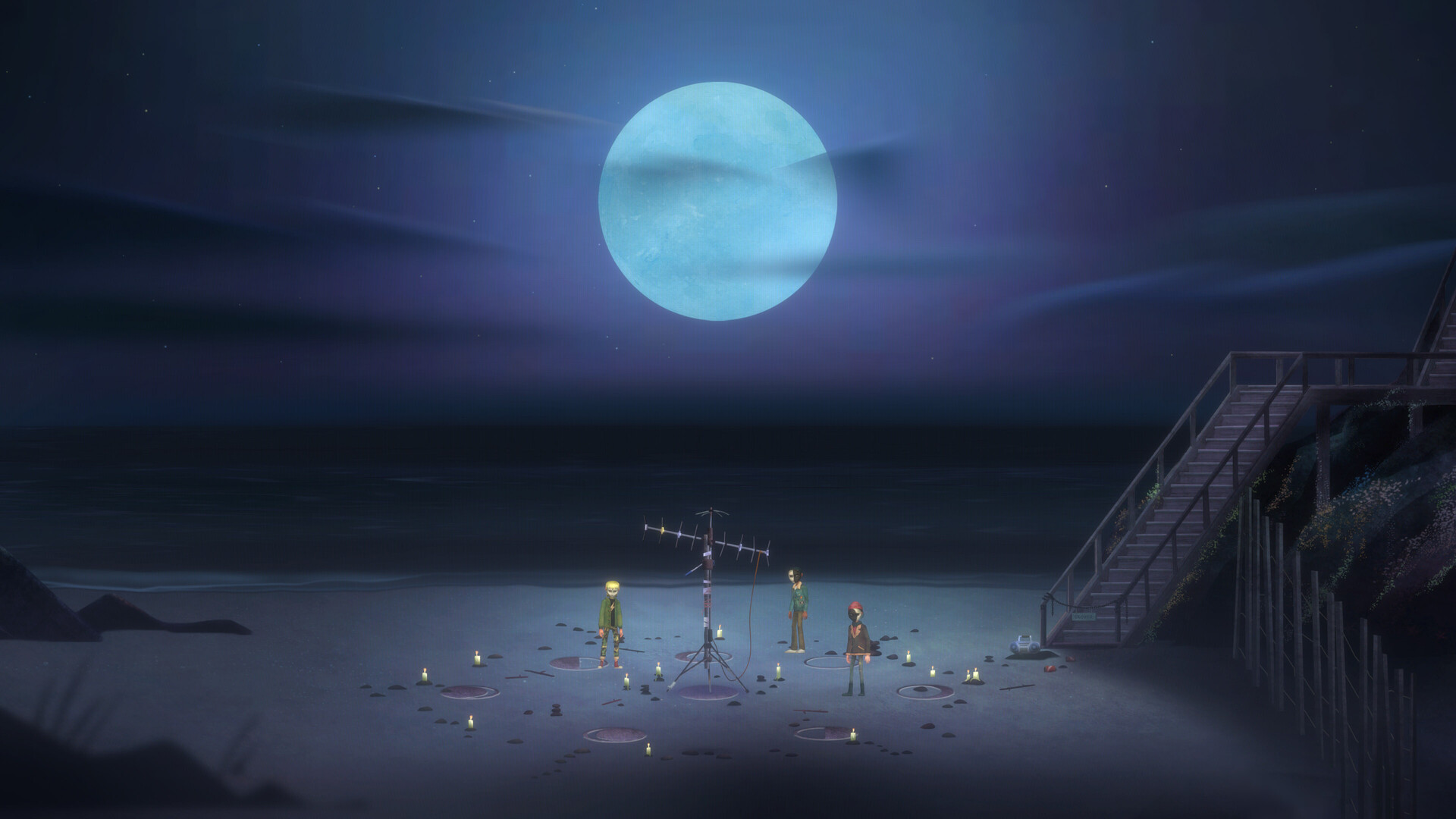
The walkie-talkie is a welcome addition indeed, as it allows you to hail one of seven different channels that range from a ghostly fisherman to a radio station that makes you play games. Then there’s Jacob, your companion for the majority of the game’s runtime. He’s a down-on-his-luck handyman that honestly never quite justified his presence. Too many genuinely serene moments are spoiled by his rambling outbursts. Honestly, it may have been better to have Riley carry out her mission solo, with the extra cast added via the walkie-talkie.
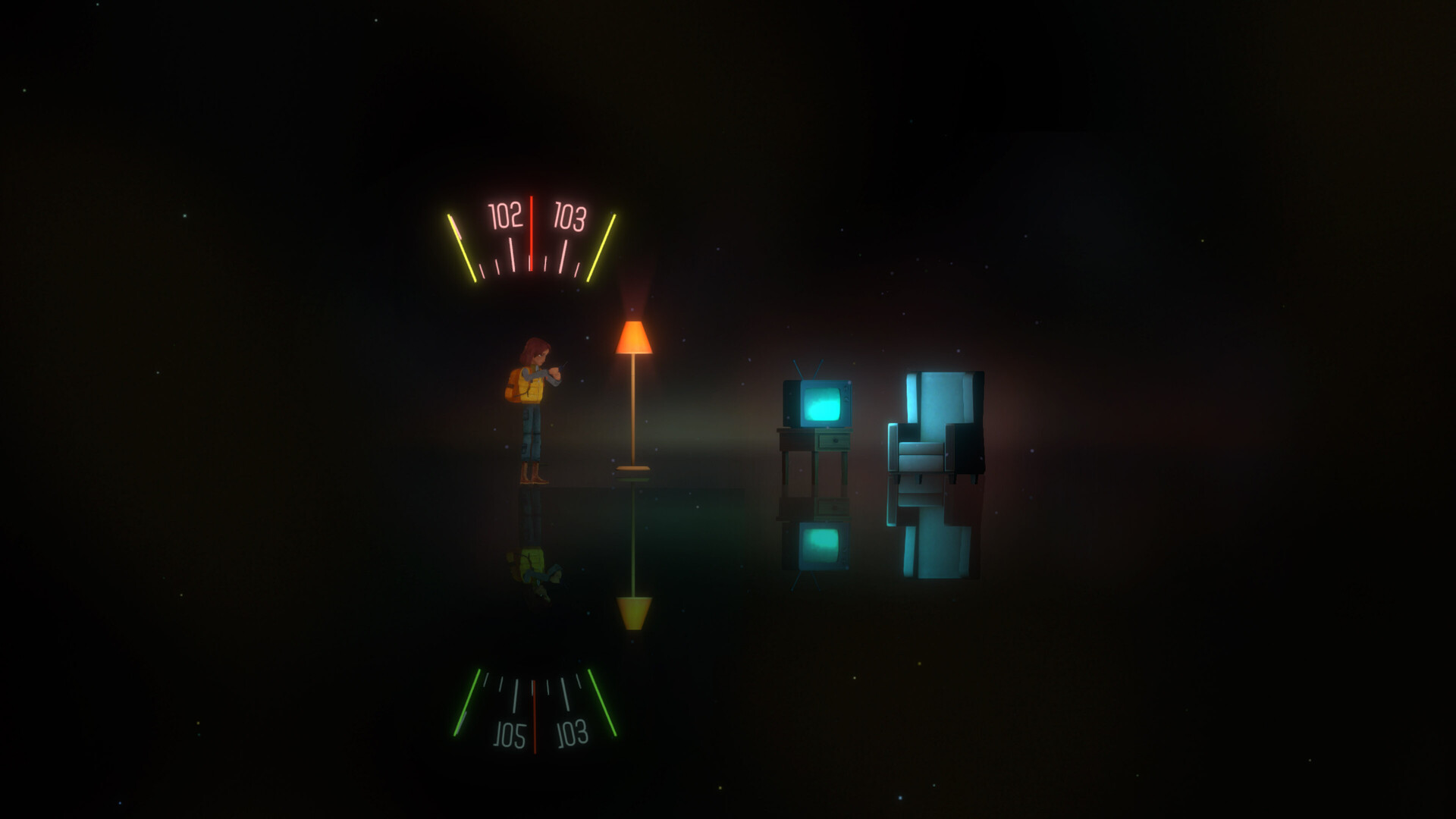
Oxenfree 2’s visuals are as striking as the first game’s. Every scene you move through looks like a watercolor painting, and when you pair the soft foggy environments with the jagged iridescent portals that occasionally cut through the skies, you get a visual motif that’s memorable and unique.
The main reason Oxenfree made such an impression over seven years ago was for its dialogue system, which gave a very convincing illusion of choice while you slowly unraveled the core mystery. Things are less effective in Oxenfree 2, with less player agency, and a story that shows its hand far too early. There are very few twists and turns, if any, and the final choice isn’t quite worth all of the build-up. Where the narrative does succeed is in the smaller stories that are slowly parcelled out via the walkie-talkie. You can choose to advance these at your own pace, and while the side quests you’re sent on rarely add up to more than simple fetch quests, the dialogue that surrounds them is often stellar.
For all of its sky-portals, time travel and other-wordly visuals, Oxenfree 2 does show a surprising amount of restraint. When I opened the map for the first time, and saw just how giant the world was, I was worried that the sequel would focus on a much bigger story. Thankfully, this is not the case. Puzzles are few and far between, meaning they all have just the right level of impact. The scares are much less frequent than in the first game too, and while this definitely makes Oxenfree 2 much less of a horror game, it does make things more memorable when the ghosts do come out of hiding.
Sign up for breaking news, reviews, opinion, top tech deals, and more.
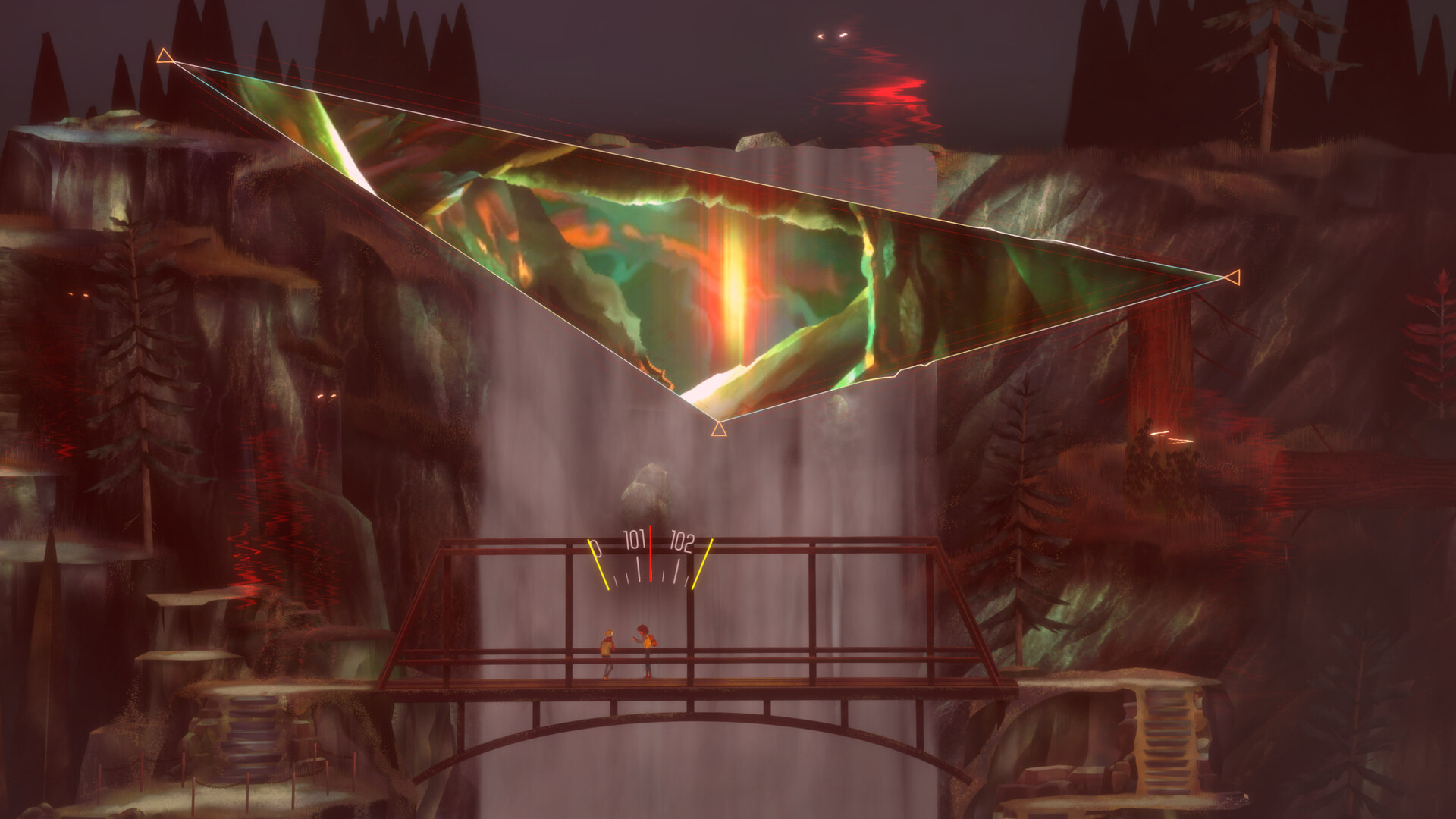
While the sci-fi horror aesthetics certainly continue to give the series a strong identity, it’s the various flashbacks and visions of Riley’s potential future that really leave a lasting impression. This is a game that really understands that fear is more effective when grounded in the everyday.
Every character you come across is stuck in some sense, be that by literally being caught between worlds, or on the precipice of major life events that require leaps of faith to overcome. Of course, the sky being sliced open to reveal an outpouring of vengeful spirits is spooky as all hell, but it’s nothing when compared to the existential horror that aging springs upon us all.
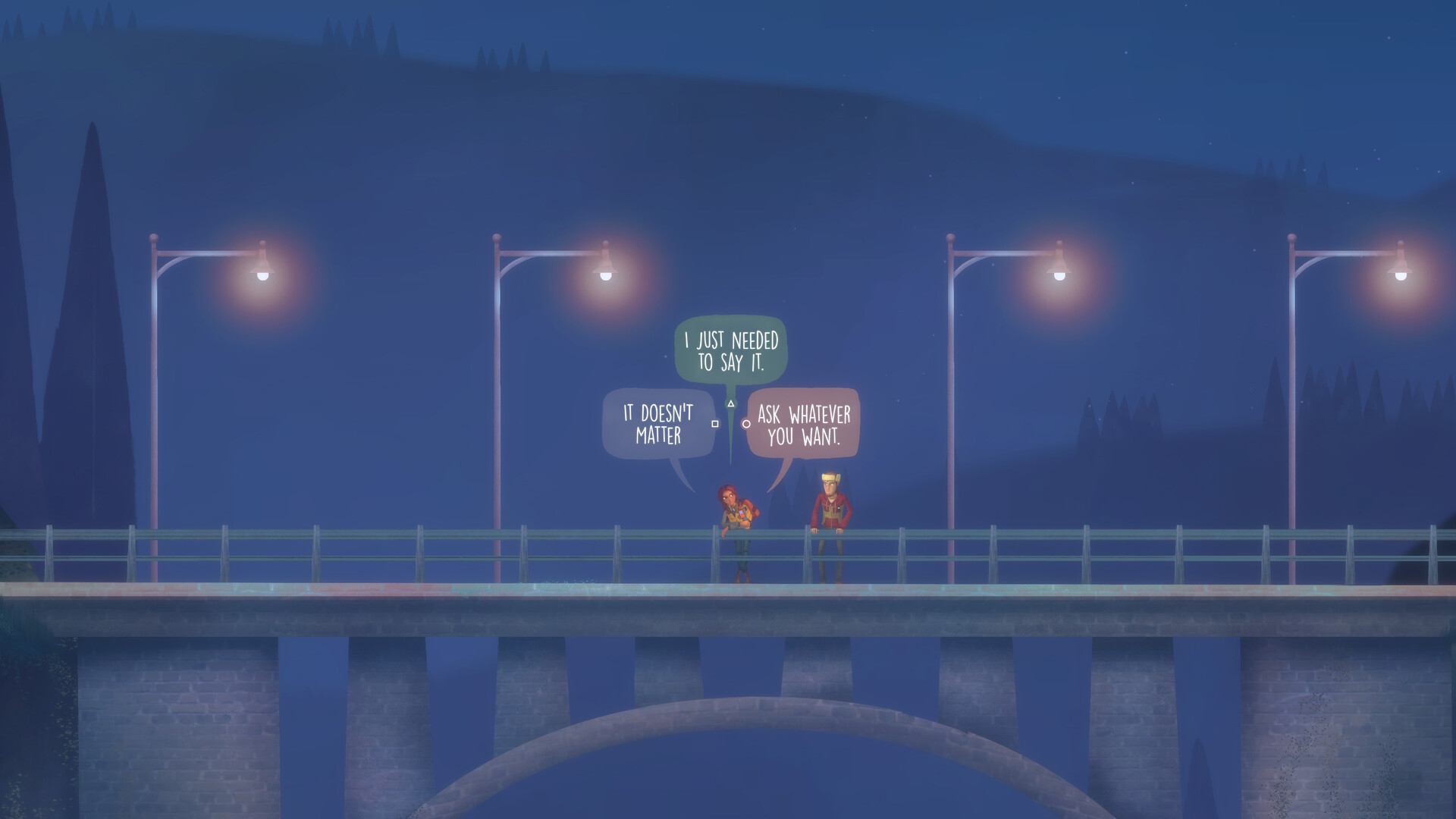
For all of the features that aim to set Oxenfree 2 apart, it does end up being disappointingly familiar. The core themes are the same as in Oxenfree, and the mystery feels over before it gets going. Because of its similarity to its predecessor, Oxenfree 2 does little to surprise.
You’re always one step ahead of Riley and Jacob as they uncover the same forces at play that ravaged Edwards Island. More choices could have mitigated this, as could slightly more variety in the conversation options. By the time the ending does come, you’re left with the sense that you’ve been through all of it before. Perhaps that’s the point, towards the end a character even wonders out loud about the nature of endings in general, and whether they can ever really be satisfying.
For all of the features that aim to set Oxenfree 2 apart, it does end up being disappointingly familiar
Oxenfree 2 tells a decent enough story that ties in smartly with the ending to the first game. After seven years however, there was a real chance to expand things slightly, by doubling down on the things that worked, and giving a new perspective to the static-drenched cosmic horror that unfolds. Instead, Oxenfree 2 is more of the same, with the same frustrating slow traversal, and occasionally clunky dialogue. It doesn’t quite do enough to justify the series as one that needs more stories in its universe, but if you loved the vibe and mystery of the first trip, you’ll likely find plenty to enjoy here too. It’s constantly haunted by the acclaim lavished upon its predecessor, and by the obligation to prove Oxenfree as a world that matters. The result is stuck between the past and the future. It’s messy, sometimes scary, and almost always beautiful, which is perhaps, exactly what it needs to be.
Accessibility features
The accessibility options in Oxenfree 2 are about as basic as you can get. There are options for larger text, and an alternative font, but other than that, there isn’t anything else on offer. For a game as visually complex as Oxenfree 2, and one with visual puzzles, more options should certainly have been implemented.
How we reviewed
We played Oxenfree 2 over the course of two nights, one playthrough for each. There’s three major endings to get, we managed two, before deciding that a third wasn’t worth another playthrough. There’s plenty of side content, and we reckon there’s still a lot of dialogue options and side characters we missed even after playing through the main story twice. The first playthrough was more of a main path affair, with the following day spent scouring the map for new characters, and mysteries to solve.
If you're looking for more soulful, story-driven titles, our list of the best indie games has you covered. Alternatively, if you want to cast your net a little wider, our collection of the best RPGs is full of great stories and memorable characters.

Jake is currently working as Evergreen Editor at TechRadar Gaming. Hailing from the overcast shores of Brighton in the United Kingdom, Jake can be found covering everything from features to guides content around the latest game releases. As seen on NME.com, Eurogamer.net, and VG247.com, Jake specializes in breaking games down into approachable pieces for guides, and providing SEO advice to websites looking to expand their audiences.
